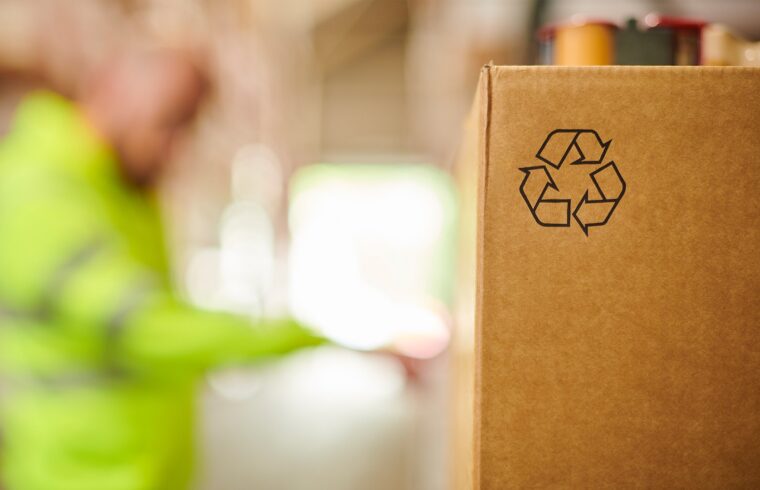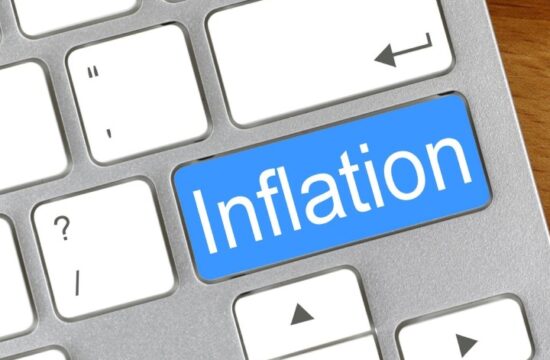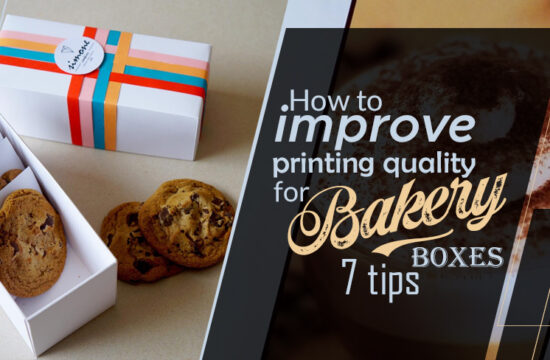Single-use plastics have generated heaps of waste in the environment and are facing customer backlash now. To avoid causing a serious impact on the environment, sustainable packaging is an incredible choice. Unlike plastic, you would find this packaging perfectly fit for your branding as it can be imprinted with all your marketing elements. The aesthetics can be improved with the help of some exclusive features like foil stamping, die-cutting, and gloss UV.
The piles of trash and waste are destroying our surroundings like landfills and oceans. With each passing day, this waste is resulting in climate change and environmental degradation that affects the quality of life. What can you do as a brand to help the situation? Sustainable packaging is one answer because it does wonder in lessening down your business’s environmental footprint. Keeping the advantages aside, do you know how you can design such greener packaging? It is not a difficult process as all it requires is to follow a few sets of rules like using specific materials.
1. Go for the smaller boxes:
The standard or larger packages are not only uneconomical, but they have a significant effect on your company’s ecological footprint. It is first important to understand that these larger packages weigh more that consume more fuel during the shipping process. The enhanced consumption results in the emission of excessive methane and carbon traces that pollute the atmosphere. With the excessive weight of the materials, the product manufacturers have to bear the brunt of undue costs. To save yourself from such a loss, it is pertinent to play around with the size and positioning of your items. You should also see if they could fit in relatively smaller packages and take steps for that. The tightly folded and bundled products in suitably sized boxes would avoid their crushing inside. This strategy would help you construct green packaging that would not contaminate the environment by generating unnecessary waste.
2. Embrace the use of recyclable materials:
Recycled materials offer a great way to extend the life of your packaging and avoid it’s any negative impact on the ecosystem. Plastic is not a recyclable material, and it takes several hundred and sometimes even thousands of years to degrade. The sensible choice in this regard would be the cardboard material that is organically obtained from the wood pulp. The businesses could procure monetary benefits from such a material as they do not have to spend on the packaging material again and again. It is lightweight as well, which means it would take less energy to transport your products in eco friendly packaging. Above all, it is perfectly safe for the products inside because of its resistance towards wrinkling upon the subjection to severe pressures.
3. Use organic and eco-friendly fillers:
The fillers are definitely a need for any packaging to serve as extra cushions in ultimate product safety. They keep the impact of outside elements negligible to the products so that they are not harmed until the delivery to customers. For eco-packaging, you need to be mindful of the filler materials that you use. Styrofoam is a good option for protection, but is it sustainable enough? Likewise, you cannot make use of bubble wraps as they are made from plastic which is not eco-friendly at all. The best technique is to employ some biodegradable packing peanuts that are made from post-consumer content. The corrugated bubble wraps or shredded papers are also excellent choices as they dispose of quite easily and never cause any waste.
4. Choose inks and dyes sensibly:
The inaccurate selection of inks and dyes can ruin all your efforts towards green packaging. The inks such as plastisol are petroleum-based and emit harmful and volatile compounds in the atmosphere. Such types of inks can bleed as well and can potentially discolor the packages, thus ruining all your efforts for impeccable aesthetics. If you want to create a positive impact on the environment, soy-based inks are a sound option. They never cause any destruction to the ecosystem and provide incredible printing results as well. It is imperative for you to look over the usage of dyes as well since they could hamper recyclability. To not affecting the recycling capacity of the packaging, make sure you do not use any dyes while manufacturing it.
5. Circumvent from over-packaging:
Over-packaging is another issue that could affect the eco-friendliness of packaging. If you are using excessive materials in manufacturing, the chances are that boxes would be oversized. Larger packages mean that you would need more filler materials as well for assuring absolute product protection. It is crucial for you to work with the suppliers to optimize the packages so that the waste generated is lesser.
Sustainable packaging is by far the best form of packaging that is safe for individuals as well as the environment. There are various strategies and innovations that could help you in the implementation of more greener and eco-friendly packages. But, shipping in smaller boxes and restraining from the practice of over-packaging are the best ones in this regard.











